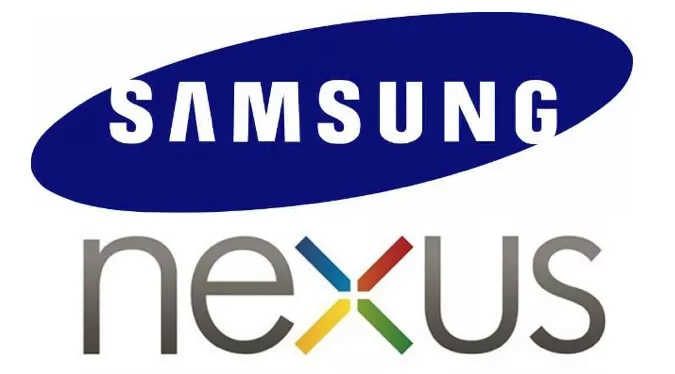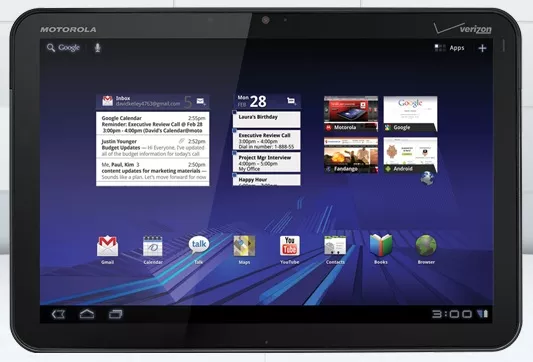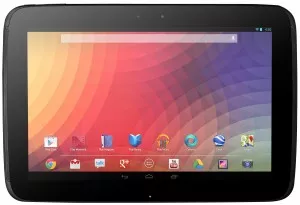Why Samsung Needs To Build A 2015 Nexus 10

In the weeks leading to Google I/O, it is not uncommon for Android Fanboys to let their imaginations go wild when it comes to guessing the latest hardware that Google will release in the upcoming year, if any. Back in 2014, Google took a gamble on partnering up with HTC to release the Nexus 9. The Nexus 9 was a very nontraditional Android Tablet and many Android fans will agree that while it did have a lot of positive attributes, it failed to reach the market share that Google wanted. Here are the reasons that I personally feel that Google should work with Samsung to build the next generation of Nexus 10 tablet.
Disclaimer: This Page Has Been Archived
Please note that this blog post has been archived and may contain information that is outdated, defunct, or covers topics that are no longer of interest. It is being kept available solely for reference purposes, in case others might find portions of it useful.
For more recent and up-to-date tutorials, I recommend visiting KMyers.me or other websites that specialize in the topic you are interested in. It is always advisable to seek the most current information to ensure accuracy and relevance.
Before we dive too deep into my reasons, lets look at a brief history of the Nexus line of large screen tablets, sorry Nexus 7 but I am leaving you out of this one for now.
Google has always used “Nexus” devices as a way to influence how other mobile phone and tablet manufacturers build devices. Depending on who you ask, aside from the Nexus 9, there were only one or two prior iterations of the larger screen Nexus line of tablets; The Samsung Nexus 10 and the Motorola Xoom. Although the Motorola Xoom never officially bore the “Nexus” nomenclature, Google gives it the same treatment that they do with other Nexus devices by giving developers easy access to the Nexus Binaries, something only found on Nexus devices.

The Motorola Xoom was a very important tablet as far as Android is concerned. It was the first tablet to run Honeycomb (3.0), Google’s first tablet optimized version of Android. Prior to Honeycomb, earlier tablets used a skinned version of Gingerbread which was designed for phones. Honeycomb had a short life and was only released officially on one other device (The ASUS Transformer) before being replaced by Android 4.0, Iced Cream Sandwich. The Xoom implemented several features that still find its way onto modern devices such as On-Screen Navigation Buttons. The Xoom’s build quality was also very impressive, I actually had a friend drop the Zoom and it cracked the tile floor, yet the Xoom was unblemished. The Xoom was released in the first half of 2011.

The Samsung Nexus 10 was the first “Official” 10 inch Nexus Tablet and it was a beast. The tablet was one of the first tablets to have a whole 2 GB of RAM and its dual core 1.7 GHZ processor outperformed most of the quad core processors released even a year after this tablet was put on sale. The insanely pixel dense 2560 x 1600 screen was an obvious middle finger to Apple who was just unveiling their high resolution “retina” displays with a paltry 2048 x 1536. The audio quality of the Nexus 10 is amazing due to the front facing speakers. Aside from the disappointing choices of 16 or 32 GB of storage on the Nexus 10, it was almost impossible to find fault with this unit. It is still a great tablet that can be picked up for a few hundred bucks on eBay. This tablet was a beast when released in the fall of 2012 and Google seemed to agree as they kept this tablet on sale for nearly 2 years on the Google Play Store.

In 2014, Google decided to work with HTC to create the Nexus 9. While HTC decided to keep the front facing speakers of the found on the Nexus 10 and several HTC Phones at the time, HTC and Google veered off the path carved by the Nexus 10 and Motorola Xoom. The Nexus 9 choose to go with a 4:3 aspect ratio and reduced the screen resolution to the same 2048 x 1536 which gave several Apple fanboys a reason to call “copycat”. The tablet was powered by the 64 bit version of the Nvidia K1 and came with 2 GB of RAM. I actually got my hands on the Nexus 9 a few days before they started shipping on the play store and wrote a lengthy review on Tech Dissected. The tablet was good but has several serious problems including delays in Android releases and the overall performance left a lot to be desired. The Nexus 9 was not a great selling tablet and the first party accessories were disappointing. There are really no compelling reasons for a Samsung Nexus 10 owner to downgrade to the Nexus 9 as Google is still actively maintaining Nexus 10 upgrades and the Nexus 10 outperforms the Nexus 9 in several ways. Although I personally own a Nexus 9, the Nvidia Shield powered by the 32 bit version of the same K1 is my daily driver and outperforms the Nexus 9 in almost every way, I do regret selling my Nexus 10.
The whole point of the Nexus line of tablets is to allow Google to shape and show off what the future of Android Tablets will look like, in this sense, the Nexus 9 was a complete failure as it did not show anything new aside from 64 bit computing. Many will agree that 64 bit computing has little use at the moment as far as Android is concerned. The Nexus 9 shows that the Nexus program for larger tablets has gone stagnant and needs to be revitalized. We really need Google and Samsung to get together to fix this problem before it is too late.

In all honesty, I am not a huge fan of Samsung products and find most of the features they place on their current phones and tablets “gimmicky”. I do however feel that with Google’s oversight, the Manufacturing powerhouse known as Samsung can be tamed to make the a Nexus 10 tablet that will make any Android fanboy drool with envy as well as restore the sanctity of the Nexus branding.
Unfortunately a Samsung Nexus device will run into a few problems as Samsung is not very forthcoming with releasing their Kernel source code or other Binaries required for Android users to compile a AOSP build.This is due to their custom Exynos line of processors. This would mean that this theoretical Nexus would likely run a Qualcomm or Nvidia processor. I would also expect to see 4 GB of RAM and options for 64 and 128 GB of on board storage. This would also be a great time for Google to introduce features like fingerprint scanning into the upstream versions of Android by putting a small sensor on the power button. I would also not mind seeing a Note-edge like screen on the Nexus 10.
There is one other “experimental” tablet that Google developed known as Project Tango. I do hope to see that some of the features from Project Tango find its way onto the next generation Nexus such as the 3 denominational mapping abilities and built in LTE as a standard.The Next Gen Nexus 10 should also drop the 3:4 aspect ratio and return back to the 16:9 ratio that made the 2012 version of the Nexus 10 a pleasure to use in landscape. This would also make a Keyboard case accessory feel much better then the official Nexus 9 keyboard cover. The only thing that should actually be kept from the Nexus 9 should be those front facing speakers.
What are your thoughts on the direction of the Nexus line of tablets?